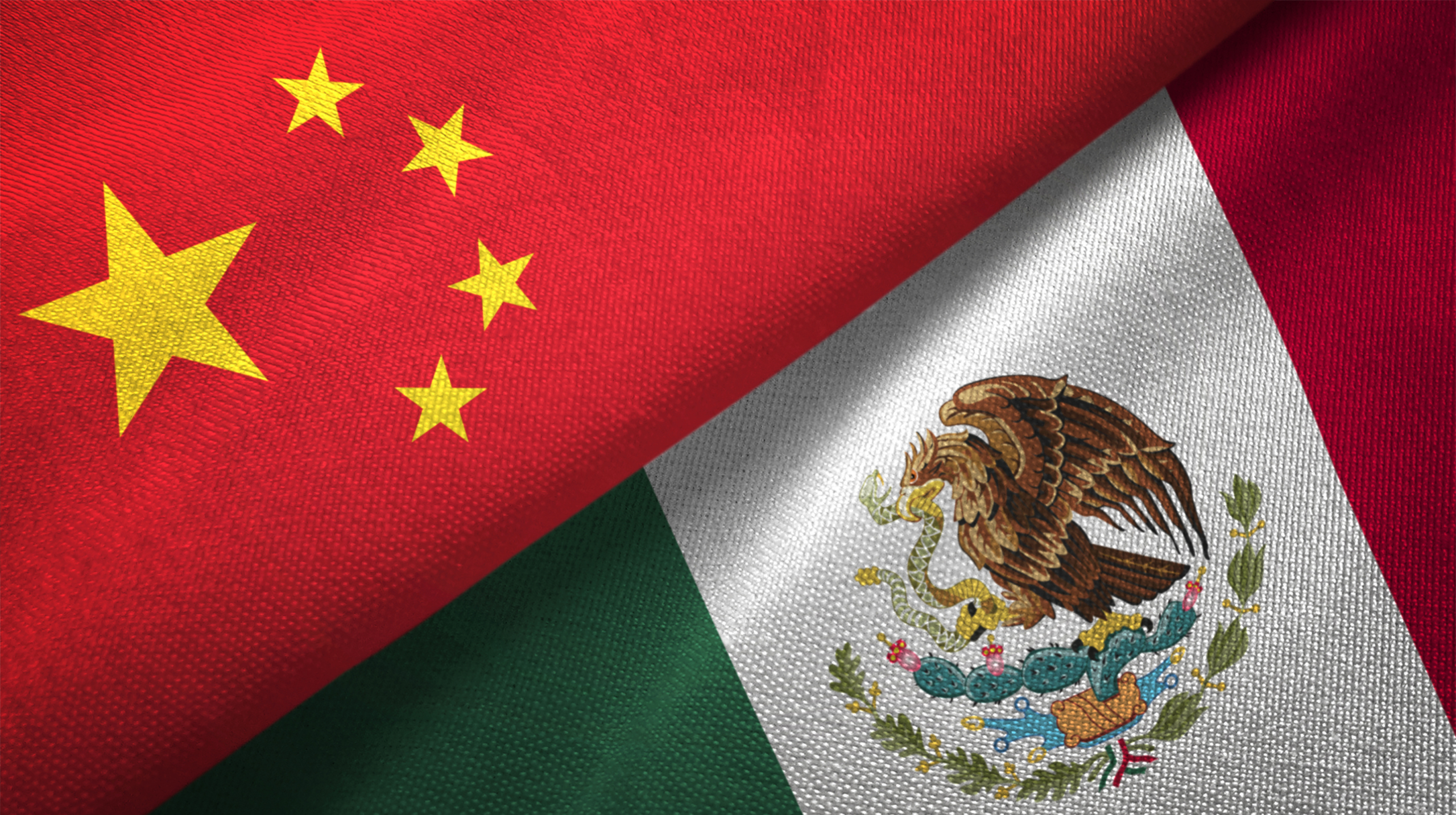
China has set up a game of “Whack-a-Mole” in the global market.
For the first time in more than two decades, the United States imported more goods from Mexico than China, Census data revealed on Wednesday. This apparent world trade transformation, along with news of a more than 10% reduction in the U.S. goods trade deficit in 2023, is ostensibly a win for the U.S., but the trade data uncovers a pernicious pattern that cannot be ignored.
Chinese imports dropped by 20% to $427 billion last year, likely in response to tariffs that were originally imposed by the Trump administration and have been sustained by President Biden. Since 2018, the tariffs and China’s internal economic turmoil have led foreign companies to de-risk their supply chains by moving them out of the country. Some have reshored to the United States, and some have set up shop in countries that have increasingly become extensions of China’s industry, like Mexico.
This past year, Mexican exports to the United States rose almost 5% to more than $475 billion, but the source of at least some of that growth appears to be Chinese industry. As the Associated Press notes:
“Mexico has been among the beneficiaries of the growing shift away from reliance on Chinese factories. But the picture is more complicated than it might seem. Some Chinese manufacturers have established factories in Mexico to exploit the benefits of the 3-year-old U.S.-Mexico-Canada Trade Agreement, which allows for duty-free trade in North America for many products.”
Evading trade enforcement and tariffs is one of China’s favorite strategies. This past summer, the U.S. Commerce Department issued its final determination that five Chinese solar manufacturers circumvented U.S. trade enforcement by completing minor processing in Southeast Asian countries before shipping them to the United States. It looks like that same play is in use in Mexico with other products.
Tariffs on Chinese imports have staved off the brunt of that country’s economic crisis in America, but a flood of dirt-cheap Chinese electric vehicles has been unleashed pretty much everywhere else. As China’s domestic consumer market collapses, Beijing is doubling down on its plan to saturate the global EV market and choke out its foreign competitors. It’s doing so by offering cutthroat rates only made possible by enormous government subsidies and the alleged exploitation of forced labor.
Trillions in U.S. federal dollars have been invested in growing America’s factories, with a focus on nascent industries like EVs and solar panels. That investment in America’s future as a global manufacturing leader, free of dependence on foreign countries for critical manufactured goods, is working. But this manufacturing renaissance can come to a disastrous end if China is able to dump its goods into the U.S. market.
To avoid that fate, the Biden administration is reportedly considering increasing tariffs on Chinese EVs and critical minerals. It would be a start, but further trade enforcement is imperative. There are far too many trade loopholes for China to exploit.
As The Wall Street Journal reported:
“Still, Brad Setser of the Council on Foreign Relations predicts China would double down on efforts to evade or neutralize higher tariffs. ‘The incentive to disassemble the product, take out a few screws, find an alternative screw supplier, ship them to a third party so it’s not 100% Chinese content, and package it as an export from the third party is just overwhelming,’ he said. Its companies would make even greater use of the de minimis exception, he added.”
There is legislation in Congress that would strengthen U.S. trade policy, including the Leveling the Playing Field Act 2.0, Section 421 import surge protection, and de minimis reform.
China has set up a game of “Whack-a-Mole” with millions of American jobs at stake. We cannot be fooled by China’s trade subterfuge. America needs strong, modern trade tools to combat Chinese trade cheating, whether it’s apparent or concealed by third-party countries.
